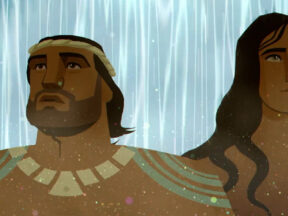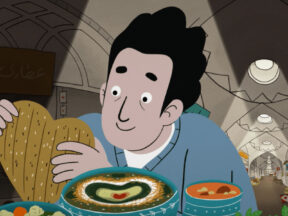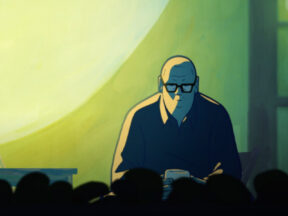
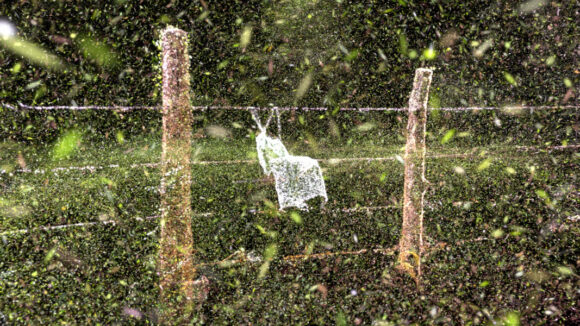
2024 Oscars Short Film Contenders: ‘All My Scars Vanish In The Wind’ Directors Angélica Restrepo And Carlos Velandia
Welcome to Cartoon Brew’s series of spotlights focusing on the animated shorts that have qualified for the 2024 Oscars. There are several ways a film can earn eligibility. With these profiles, we’ll be focusing on films that have done so by winning an Oscar-qualifying award at an Oscar-qualifying festival.
Today’s short is Todas mis cicatrices se desvanecen en el viento (All My Scars Vanish in the Wind) from Angélica Restrepo and Carlos Velandia. The film earned its Oscars qualification by winning the Animated Encounters Grand Prix at Encounters Film Festival in the U.K.
In the film, the audience accompanies a woman into the imperfect world of memory as she revisits painful moments from her childhood in rural Colombia.
Cartoon Brew: This is one of the most visually distinct shorts among this year’s qualified films and certainly lives long in the memory. What techniques did you use to create the visual effects?

Angélica Restrepo and Carlos Velandia Thank you! The technique we used for the visual creation of the film is a custom technique that spans multiple programs and ends in the Unity video game engine. The basis of the work is photogrammetry, a process in which an object or a place is scanned to create a 3d representation, and with the resulting information, we program particle systems in Unity.
What was it about this story or concept that connected with you and compelled you to direct the film?
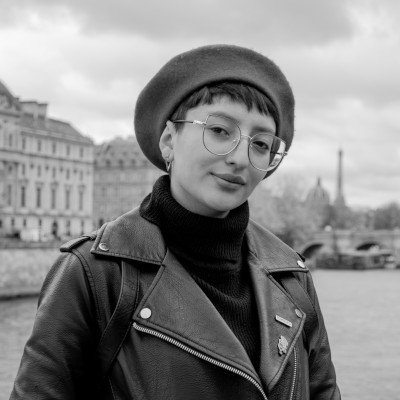
This is a non-fiction film based on the stories of Luz Mery Guzmán, the mother of co-director Angélica Restrepo. We were interested in visualizing a space where she could encounter her inner child through an introspective journey through her memories.
What did you learn through the experience of making this film, either production-wise, filmmaking-wise, creatively, or about the subject matter?
We learned that this kind of story can be told without revictimizing the protagonist. Generally, when we see a film that talks about a painful past, there is a re-exposure to the trauma on the part of the protagonist. However, with the formal, aesthetic, and narrative decisions we made with this film, we realized that doesn’t have to be the case. By developing the right work methodologies and putting the integrity and dignity of the protagonists at the center of production, it is possible to create a film that does not re-victimize, but instead approaches the possibility of healing.
Can you describe how you developed your visual approach to the film? Why did you settle on this style/technique?
Part of the film’s objective is to reflect on the notion of the sensitive experience of remembering. When telling this film through memories, it was important for us to evoke the intangible experience of memory, which is reconstructed and brought to the present every time something is remembered and which, beyond being factual or objective, is loaded with subjectivity and emotionality.

.png)
